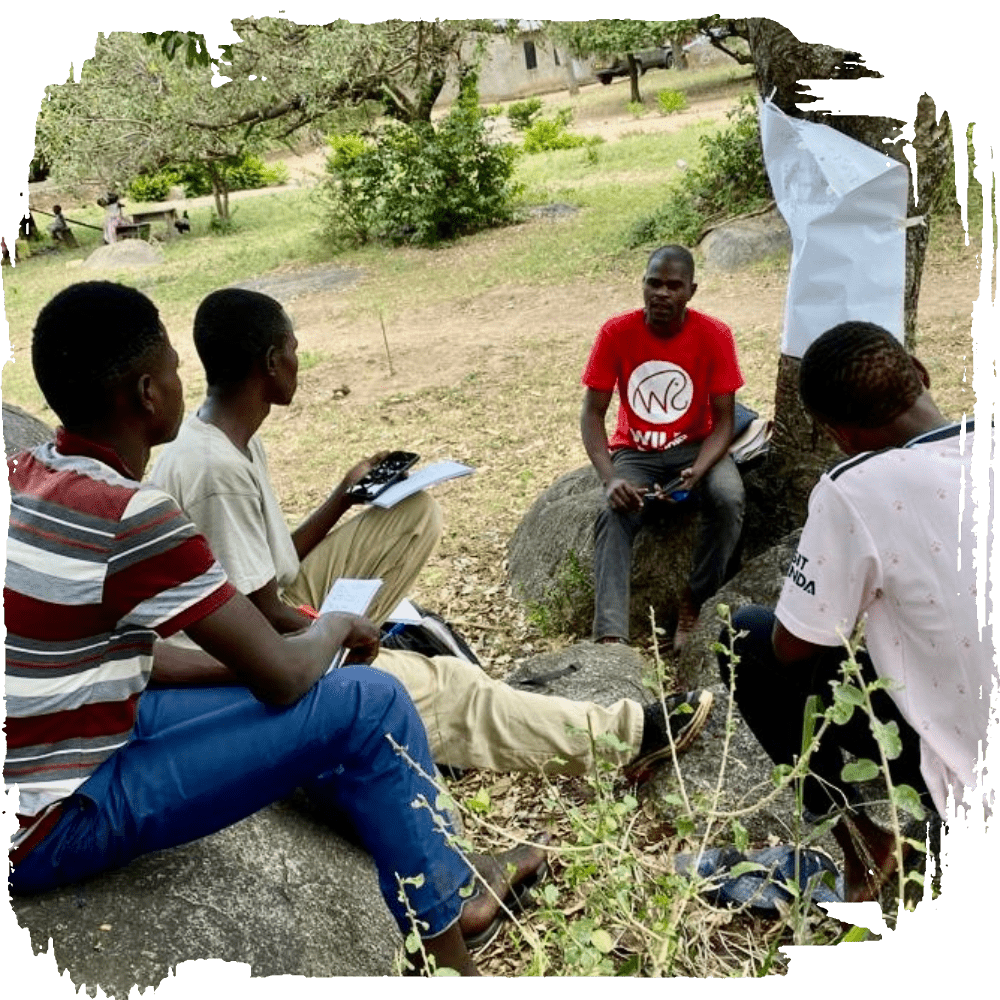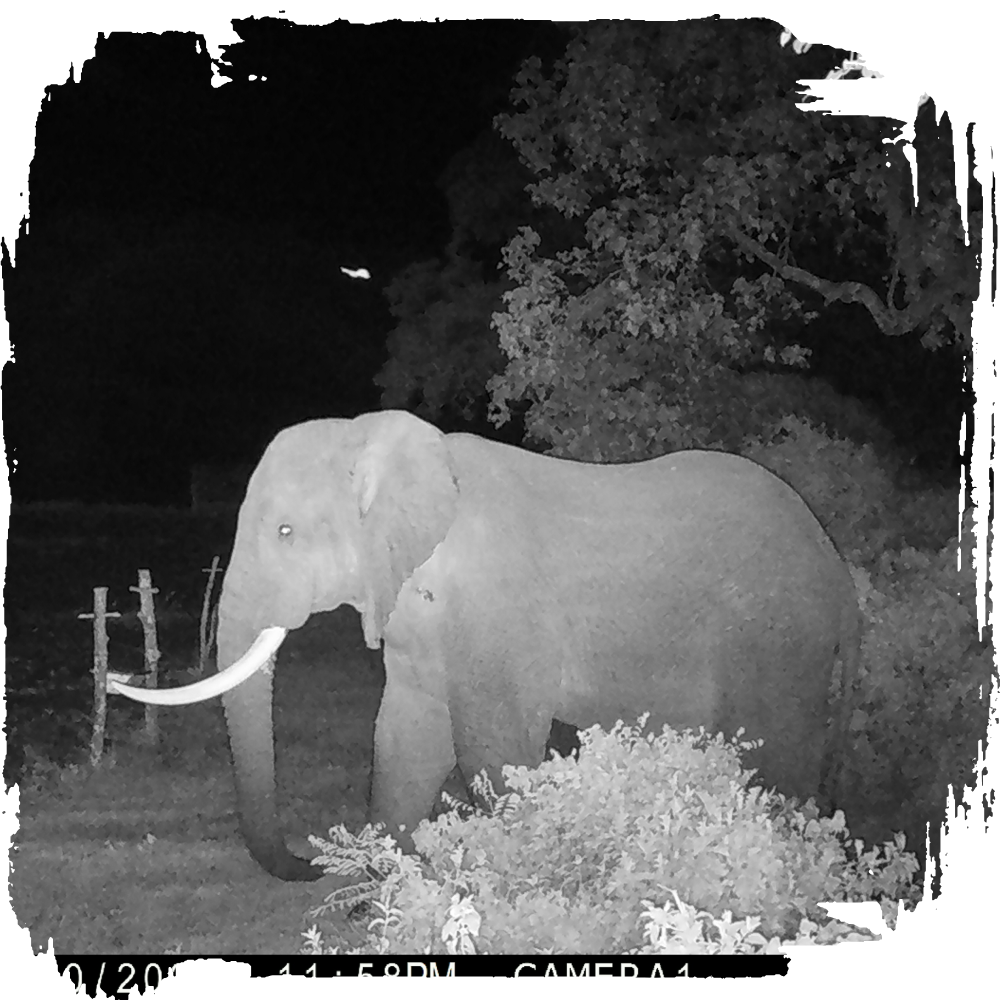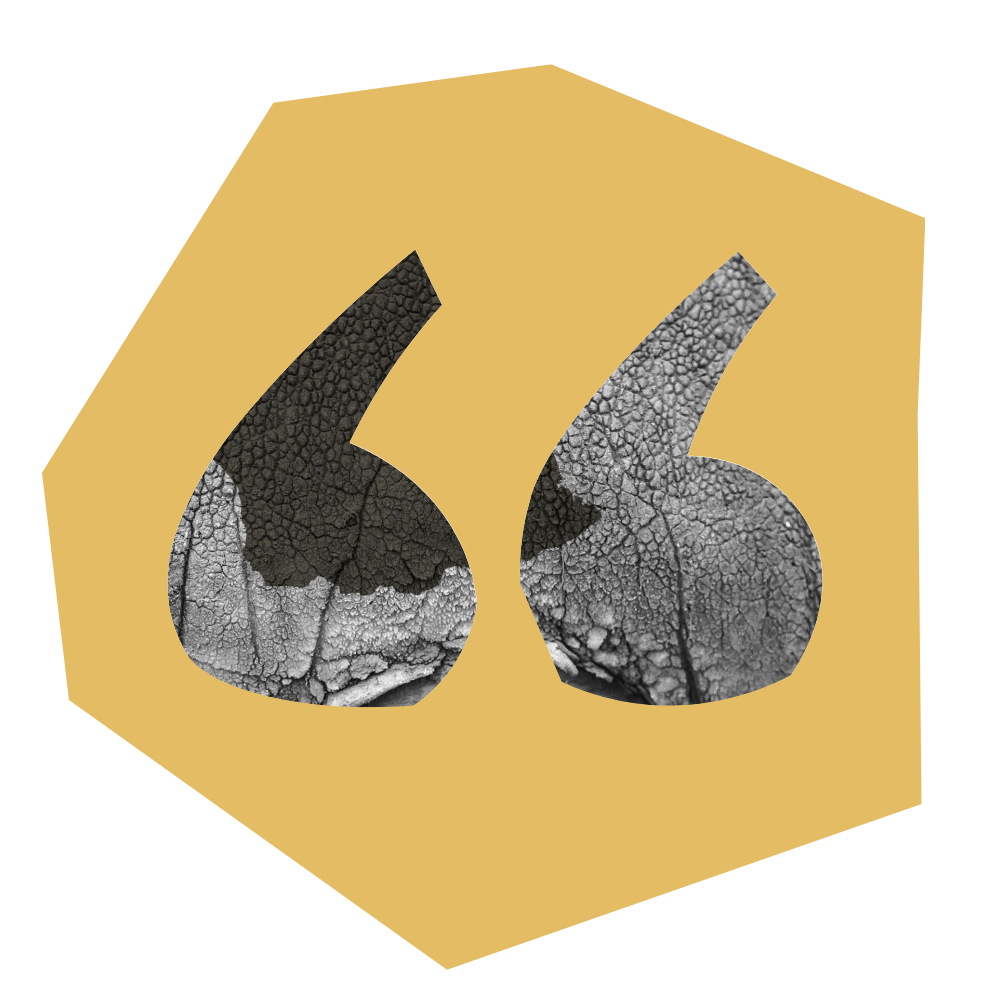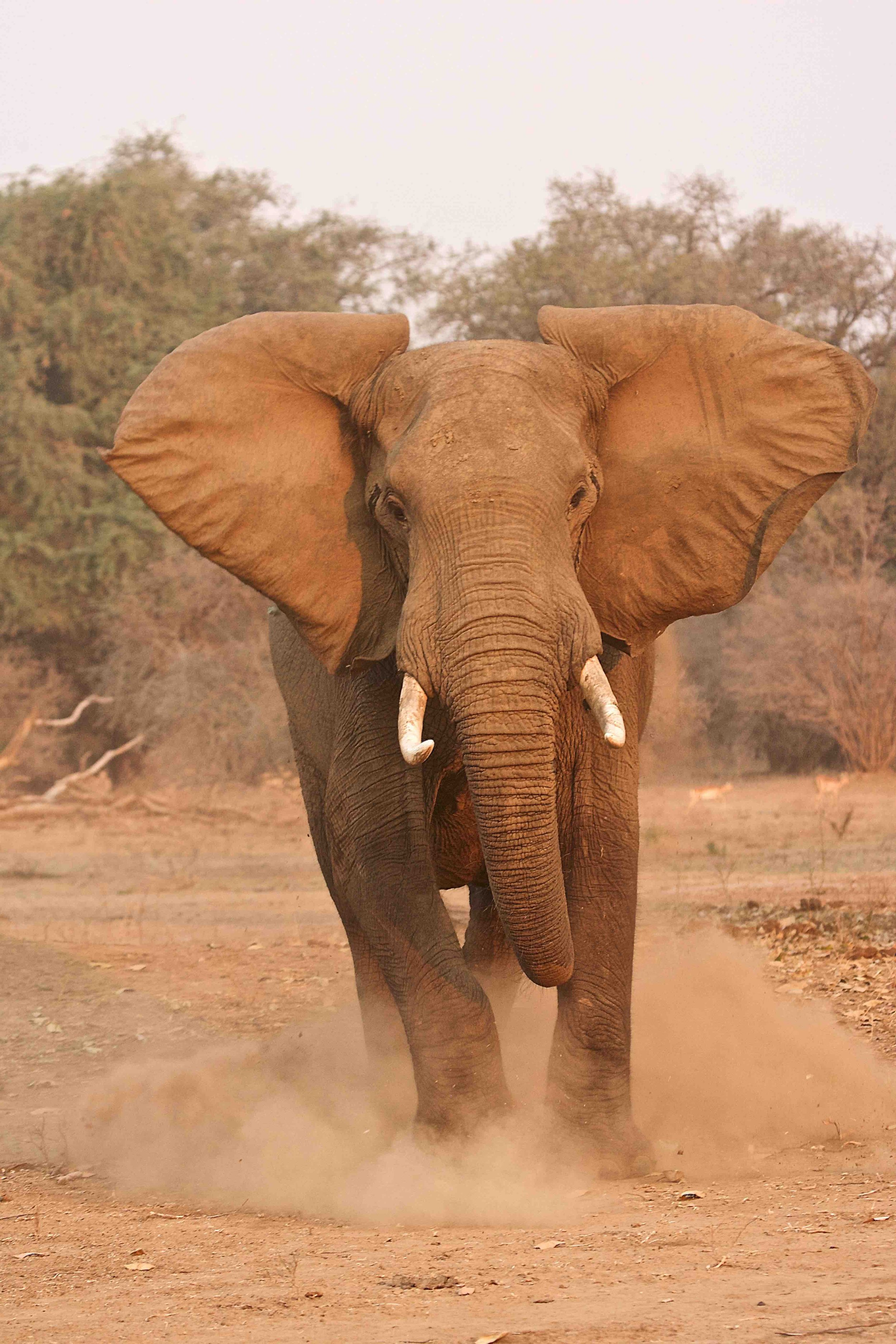
OUR IMPACT

Lasting change led by communities.
At Wild Survivors, we believe that real conservation starts with people. From elephant protection to women’s empowerment, every impact we achieve is grounded in local leadership, long-term trust, and practical, measurable action.
Thanks to the strength of our teams, the communities we work alongside, and our proven approach to human-elephant coexistence, we’re seeing lasting change across Tanzania’s most threatened elephant landscapes.
WHAT’S CHANGED SO FAR.

tracking everything from elephant movements to honey yields.
HOW WE MEASURE IMPACT
Our monitoring and evaluation is hands-on, practical, and rooted in community knowledge. Together with our field teams — Bee Guardians, Farm Guards, and Elephant Conservation Ambassadors (ECAs) — we track everything from elephant movements to the yield of honey harvests.
Before we begin any project, we collect baseline data on key indicators aligned with our conservation goals — from elephant movement and crop-raiding to women’s income and biodiversity. This gives us a starting point to measure real change over time, helping us understand what’s working, what’s evolving, and where to focus our efforts.
-
Every elephant that approaches or enters a farm
What was damaged, which crops were affected, and what methods were in place
Changes in herd behaviour and movement
Beehive occupancy rates over time
Honey yields and the effectiveness of mitigation methods
Household income, crop diversity, and food security
Local biodiversity in and around elephant corridors
EXPLORE the impact of OUR ECOSYSTEMS
-
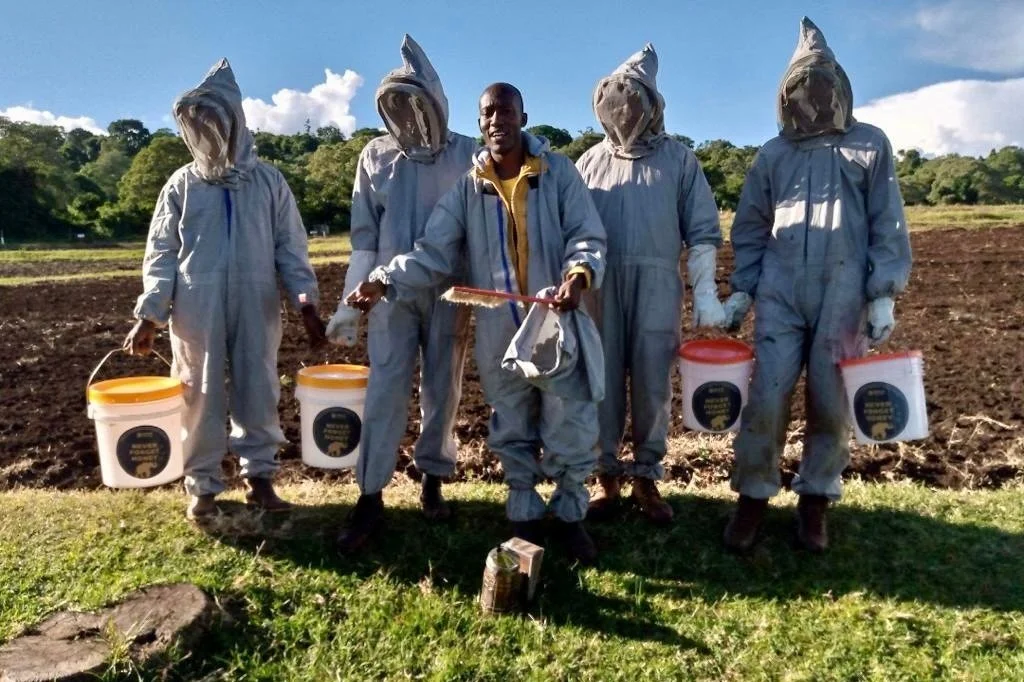
NGORONGORO ECOSYSTEM
-

SERENGETI ECOSYSTEM
-

RUKWA-KATAVI ECOSYSTEM
CASE STUDY:
Coexistence in Action
We monitor elephant behaviour before and after we install any mitigation; whether beehive fences, chilli fences, or other natural deterrents.
-
The drop in conflict and crop-raiding
Which methods are most effective in different landscapes
Where elephants choose to move, rest, or avoid
The number of clashes prevented between elephants and people
THE RESULT
Safer farms
Stronger protection of elephant corridors
Restored balance between people and wildlife.
WOMEN LEADING THE WAY
Every women’s group we support is leading the change in their own community; not only managing beekeeping enterprises and permaculture gardens, but training others, distributing micro-loans, and building a local economy that puts people and nature at its centre.
CASE STUDY:
-
Household income from honey and wax sales
Food security improvements from organic permaculture gardens
Microloans distributed to community women (uses: school fees, household costs, small businesses)
Skills training: from train-the-trainer (ToT) workshops to home-based beekeeping expansion
Community-to-community learning in local languages
Confidence, decision-making, and independence
THE RESULT
Women are generating income, teaching others, and building resilience.
Food is more diverse, nutritious, and home-grown.
Money circulates locally, creating a circular economy of care, skill-sharing, and climate-smart livelihoods.
Women empowering women — not with big slogans, but through daily action, support, and practical skills that stay in the community and keep growing
Protecting Elephant Corridors and Biodiversity
We support communities to protect the places elephants need most: open corridors between national parks and reserves, where elephants can move safely, and where ecosystems can thrive.
CASE STUDY:
-
Community reporting of elephant sightings and movements
Mapping of corridor boundaries, pressures, and restoration areas
Camera traps and acoustic monitoring using AI to track Biodiversity presence through key species (including honey badger, civet, bushpig, aardvark, duiker, and more) tree cover and wildlife activity day and night
Long-term data on elephant presence, habitat quality, and species richness (indicators of ecosystem health)
THE RESULT
We’re still early in this work - but the signs are promising.
Corridors are open, monitored, and safeguarded by the communities who live alongside them - keeping Tanzania’s wild landscapes connected and functioning.

In the past we were living desperately, we felt we knew very little outside of our daily lives.
I joined the group to work together with other women, to learn different things together and to support ourselves.
We have learnt many skills as a group. The practice has taught us that we as women can increase our income.”
Fabiola Josephat, a member of the NARI Women’s Beekeeping Group
Bonde La Faru sub-village





